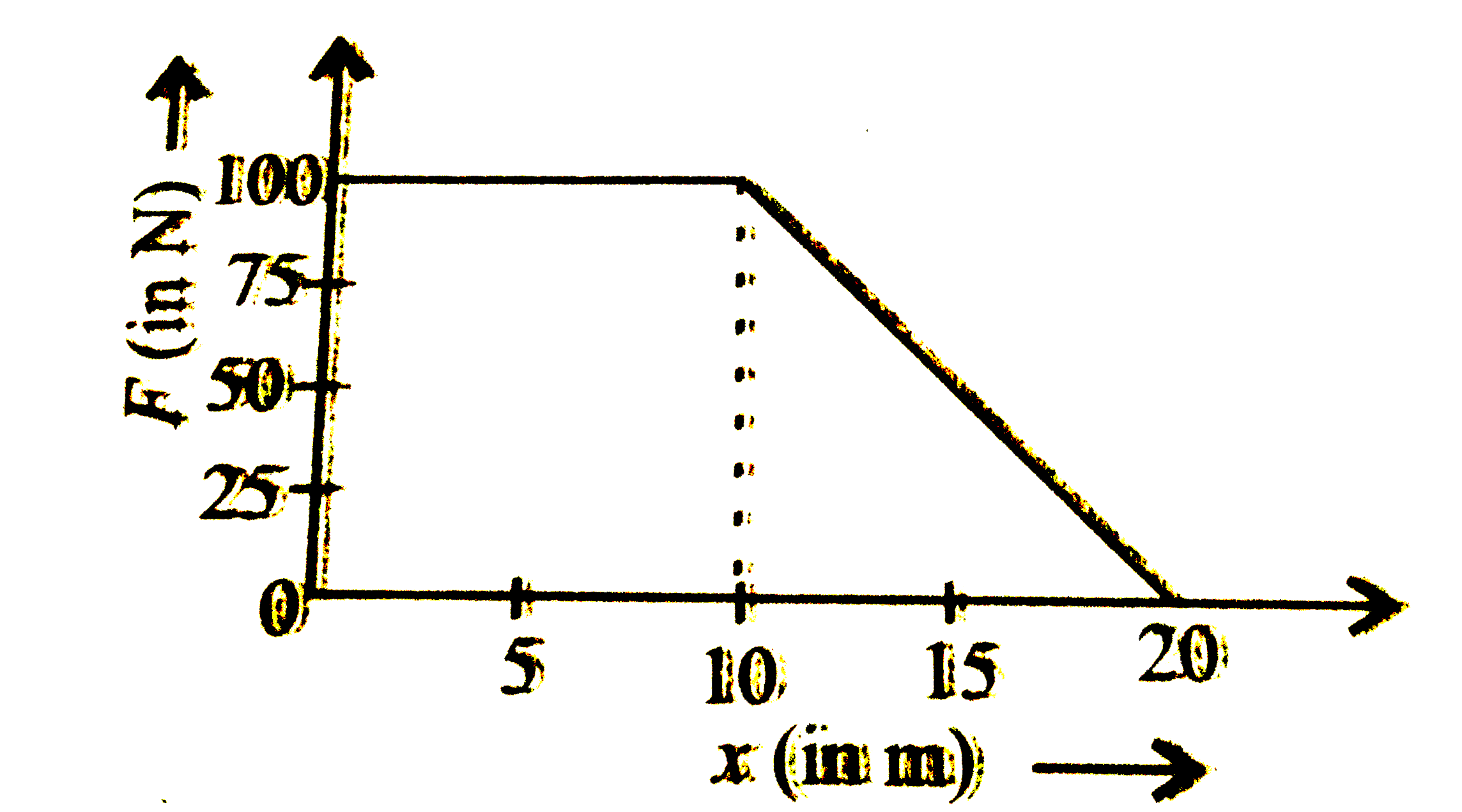The electric potential at. Point A is 20 V and B is – 20 . The work done by an external force in moving electron slowly from B to A is
−6.4×10−18J
+6.4×10−18J
4×10−20J
−4×10−20J
The correct Answer is:A
Step by step video, text & image solution for The electric potential at. Point A is 20 V and B is – 20 . The work done by an external force in moving electron slowly from B to A is by Physics experts to help you in doubts & scoring excellent marks in Class 12 exams.
Updated on:21/07/2023Topper's Solved these Questions
Similar Questions
The electric potential at point A is 20V and at B is −40V. Find the work done by an external and electrostatic force in moving an electron slowly from B to A.
View SolutionThe potential at a point A is – 500 V and that at another point B is + 500 V. What is the work done by external agent to take 2 units (S.I.) of negative charge from B to A.
View Solution
Knowledge Check
A charge Q is placed at the origin. The electric potential due to this charge at a given point in space is v. The work done by an external force in bringing another charge q from infinity up to the point is
AVqBVqCV+qDVA force F acting on an object varies with distance x as shown in the figure. The work done by the force in moving the object from x=0 to x = 20 m is
 A500 JB1000 JC1500 JD2000 J
A500 JB1000 JC1500 JD2000 JTwo points P and Q are maintained at the potentials of 10 V and - 4 V respectively. The work done in moving 100 electrons from P to Q is
A9.60×10−17JB−2.24×10−16JC2.24×10−16JD−9.60×10−17J
The electrical potential at point in an electric field is 6 V. Find the work done in bringing 12 C of charge from infinity to that point.
View SolutionWhich of the following statement(s) is/are correct? If the electric field due to a point charge varies as r^(-2.5) instead of r^(-2),then the Gauss law will still be valid. The Gauss law can be used to calculate the field distribution around an electric dipole. If he electric field between two point charges is zero somewhere,then the sign of the two charges is the same. The work done by the external force is moving a unit positive charge from point A at potential "V_(A)" to point B at potential "V_(B)" is,(V_(B)-V_(A))
View Solution1μC charge is shifted from A to B, and it is found that work done by an external force is 40μJ. In doing so against electrostatic forces, find potential difference VA−VB.
View SolutionA particle is moving in a conservative force field from point A to point B.UA and UB are the potential energies of the particle at point A and B and WC is the work done by conservative forces in the process of taking the particle from A and B, which of the following is true?
View SolutionThe potential at a point is 20 V. The work done in bringing a charge of 0.5 C. from infinity to this point will be
View Solution
